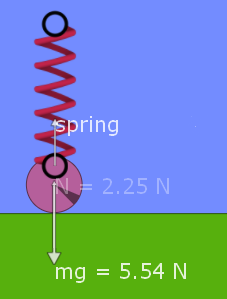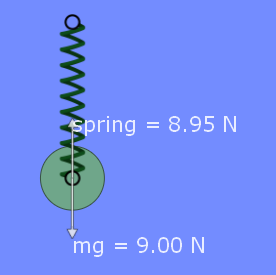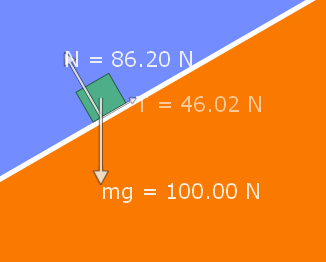 When forces of equal size and in opposite directions act on an object, the forces are described as balanced. Objects without balanced forces will therefore have a resultant (net) force.
When forces of equal size and in opposite directions act on an object, the forces are described as balanced. Objects without balanced forces will therefore have a resultant (net) force.
Key Concepts
Forces can act in 3-dimensions, but due to the limitations of computer/mobile screens, let's consider forces in 1 and 2-dimensions.
On the Earth:
- weight acts vertically down
- air creates drag
In space:
- often negligible gravitational forces
- no air to worry about
Newton's First Law states that an object will remain at rest or at constant velocity unless acted upon by a resultant force.
Using astronauts, we can see that a body will stay at rest or continue with constant velocity if the forces are balanced.
If the force vectors acting on a body add up to zero then we say they are balanced. To determine if this is the case:
- either join all vectors nose to tail and see if they form a closed shape
- or resolve the forces into two perpendicular directions (e.g. vertically and horizontally) and see if they cancel out in each
Three balanced forces will form a closed triangle if the vectors are arranged nose to tail.
Resolving into vertical and horizontal components we also find that:
- forces up = forces down
- forces left = forces right
How much of Balancing forces have you understood?







 Twitter
Twitter  Facebook
Facebook  LinkedIn
LinkedIn